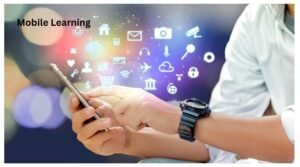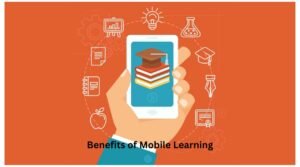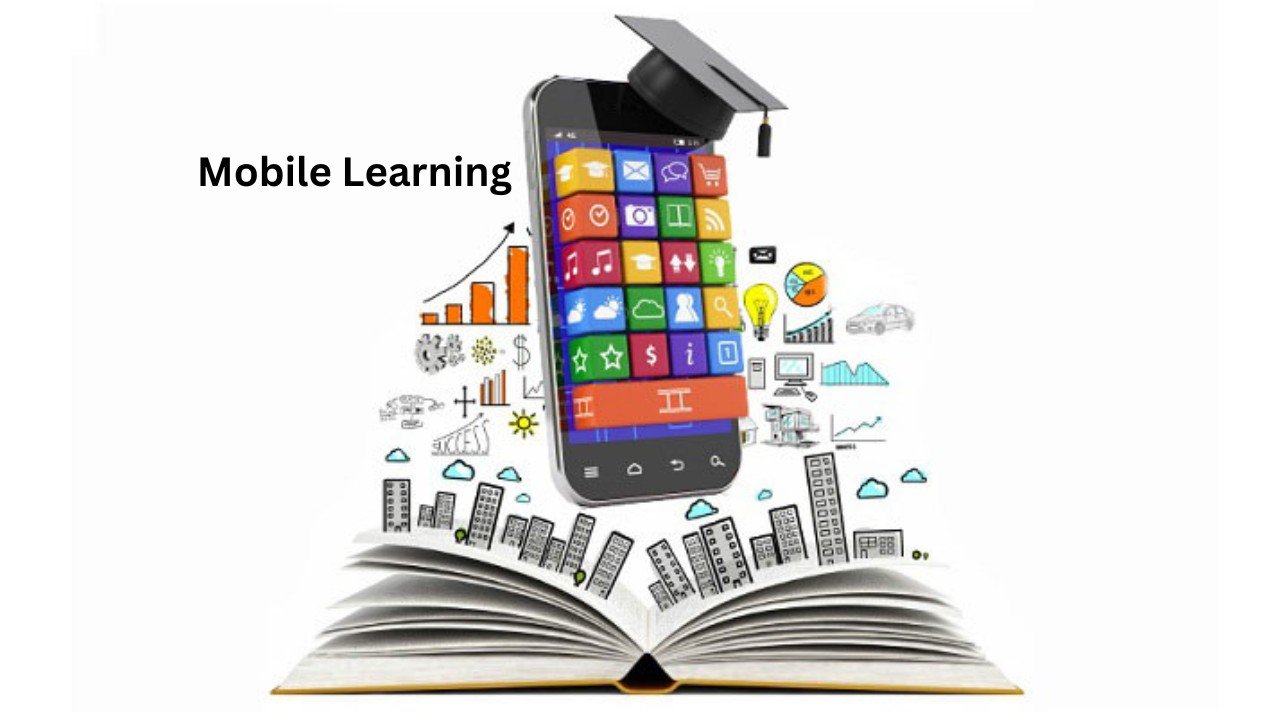Mobile Learning: Revolutionizing Education on the Go
Mobile learning, or m-learning, has emerged as a pivotal innovation in the realm of education and skill development. With the ubiquitous presence of smartphones and tablets, learning is no longer confined to traditional classrooms. This article explores the nuances of mobile learning, its evolution, benefits, challenges, applications, strategies, and future trends.
1. Introduction to Mobile Learning
Mobile learning refers to the use of portable electronic devices, such as smartphones, tablets, or laptops, to facilitate learning anytime, anywhere. It leverages the mobility and connectivity of these devices to deliver educational content efficiently.

2. The Evolution of Mobile Learning
Early Developments
Mobile learning traces its roots back to the early 2000s when institutions began experimenting with delivering course materials via SMS and WAP-enabled devices. However, the real breakthrough came with the advent of smartphones and high-speed internet connectivity.
Advancements in Technology
The proliferation of mobile apps, cloud computing, and high-resolution displays has transformed mobile devices into powerful learning tools. Today, learners can access interactive lessons, multimedia content, and collaborative platforms with ease.
3. Benefits of Mobile Learning
Accessibility and Convenience
One of the primary advantages of mobile learning is its accessibility. Learners can access educational resources on their devices anytime, anywhere, allowing for flexibility in scheduling and pacing.
Personalized Learning Experience
Mobile learning platforms often employ adaptive algorithms to tailor content according to individual learning styles and preferences. This personalized approach enhances engagement and knowledge retention.
Cost-effectiveness
Compared to traditional learning methods, mobile learning significantly reduces costs associated with printed materials, travel, and infrastructure. It democratizes education by making quality resources available to a broader audience.

4. Challenges of Mobile Learning
Technical Limitations
Not all mobile devices are created equal, and compatibility issues may arise due to differences in operating systems, screen sizes, and processing power. Designing content that is responsive and compatible across various devices can be challenging.
Connectivity Issues
While mobile connectivity has improved dramatically in recent years, learners in remote or underserved areas may still encounter network limitations. This can hinder access to online resources and disrupt the learning experience.
Security Concerns
Mobile devices are susceptible to security breaches, such as data theft and malware attacks. Safeguarding sensitive information and ensuring the integrity of learning platforms are paramount concerns for educators and developers.
5. Mobile Learning Applications
Education Sector
Mobile learning is revolutionizing traditional education by supplementing classroom instruction with interactive multimedia content, virtual simulations, and collaborative tools. It enhances student engagement and fosters independent learning.
Corporate Training
In the corporate world, mobile learning offers a flexible and scalable solution for employee training and development. Companies can deliver on-demand training modules, performance support resources, and microlearning nuggets to enhance workforce productivity.
Skill Development
Mobile learning platforms cater to lifelong learners seeking to acquire new skills or upgrade existing ones. Whether it’s language proficiency, coding skills, or professional certifications, mobile apps provide accessible pathways to personal and professional growth.
6. Strategies for Effective M-Learning
Content Adaptation
Designing content for mobile devices requires careful consideration of screen size, bandwidth constraints, and user interaction patterns. Content must be modular, bite-sized, and optimized for mobile consumption.
Gamification
Gamification techniques, such as badges, leaderboards, and progress tracking, can enhance learner motivation and engagement. By introducing game-like elements into educational activities, mobile learning platforms make learning more enjoyable and rewarding.
Social Learning Integration
Social learning features, such as discussion forums, peer collaboration, and knowledge sharing, foster a sense of community and support among learners. By connecting learners with peers and experts worldwide, mobile learning transcends geographical boundaries.
7. Future Trends in M-Learning.
Augmented Reality (AR) and Virtual Reality (VR)
AR and VR technologies offer immersive learning experiences by overlaying digital content onto the real world or creating virtual environments. From virtual field trips to interactive simulations, AR and VR have immense potential in education and training.
Artificial Intelligence (AI) Integration
AI-powered chatbots, adaptive learning algorithms, and natural language processing are revolutionizing how content is personalized and delivered. AI can analyze learner data, predict individual needs, and provide real-time feedback, enhancing the effectiveness of mobile learning platforms.
Wearable Technology
The rise of wearable devices, such as smartwatches and augmented reality glasses, opens up new possibilities for mobile learning. Wearables offer hands-free access to information, real-time feedback, and contextualized learning experiences.
8. Conclusion
Mobile learning has transcended the boundaries of traditional education, empowering learners to pursue knowledge and skills on their own terms. While challenges remain, the benefits of mobile learning—accessibility, personalization, and cost-effectiveness—far outweigh the drawbacks. As technology continues to evolve, mobile learning will play an increasingly vital role in shaping the future of education and training.
Unique FAQs
- Is mobile learning suitable for all age groups? Mobile learning caters to learners of all ages, from primary school students to working professionals seeking continuous education.
- How can educators ensure the security of mobile learning platforms? Educators should implement robust security measures, such as encryption, authentication protocols, and regular software updates, to safeguard against cyber threats.
- Are mobile learning apps available offline? Some mobile learning apps offer offline functionality, allowing users to download content for offline viewing or completion.
- What role does user feedback play in improving mobile learning experiences? User feedback is invaluable for identifying usability issues, content gaps, and areas for improvement in mobile learning platforms.
- How can organizations measure the effectiveness of mobile learning initiatives? Organizations can track metrics such as engagement rates, completion rates, and performance improvements to evaluate the impact of m-learning on learning outcomes and business objectives.
